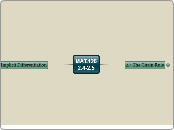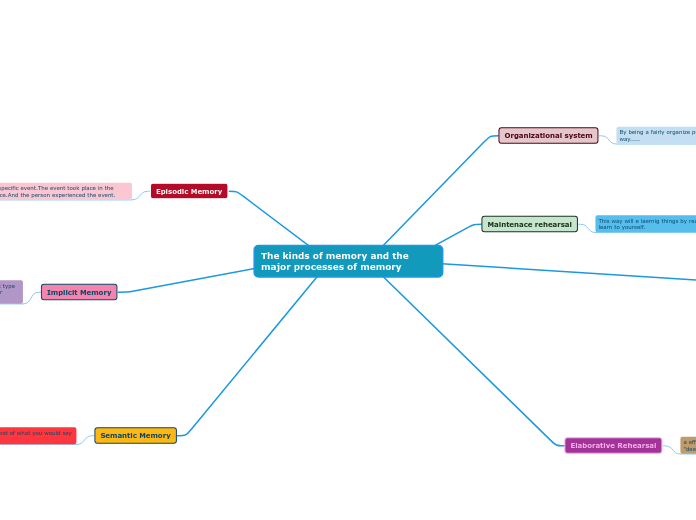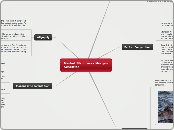MAT.126
2.4-2.5
2.5 Implicit Differentiation
Use implicit differentiation to find the derivative of a function
Differentiate both sides of the equation with respect to x.Collect all terms involving dy/dx on the left side of the equation and move all other terms to the right side of the equation.Factor dy/dx out of the left side of the equation.Solve for dy/dx.Tangent Line to an Implicit Graph
Higher-Order Implicit Derivatives
Explicit Domains for Implicit Functions
Slope of an Implicit Graph
Graphing Implicit Relations
Process
Chain Rule
To differentiate an implicitly defined function one must use the chain rule on all terms involving y.
d dy
---[ f(y) ] = f'(y) ----
dx dx
Distinguish between functions written in implicit form and explicit form
Explicit: y = f(x)
Implicit: y and f(x) are mixed together
2.4 The Chain Rule
Summary of Differentiation Rules
p. 136
Find the derivative of a trigonometric function using the Chain Rule
Tangent Lines
Repeated Application of the Chain Rule
Parentheses
Simplify the derivative of a function using algebra
Powers
Quotients
Factoring Out Least Powers
Find the derivative of a function using the General Power Rule
If y = [u(x)]^n, where u is a differentiable function of x and n is a rational number, then
dy du
--- = n[u(x)]^{n-1} ---
dx dx
or, equivalently
d
---[u^n] = n*u^{n-1} u'
dx
Quotients with Constant Numerators
d
---[ sin u ] = (cos u) u'
dx
d
---[ cos u ] = -(sin u) u'
dx
d
---[ tan u ] = (sec^2 u) u'
dx
d
---[ cot u ] = -(csc^2 u) u'
dx
d
---[ sec u ] = (sec u tan u) u'
dx
d
---[ csc u ] = -(csc u cot u) u'
dx
Radicals
Find the derivative of a composite function using the Chain Rule
If y = f(u) is a differentiable function of u and u = g(x) is a differentiable function of x, then y = f(g(x)) is a differentiable function of x and
dy dy du
--- = --- * ---
dx du dx
or, equivalently
d
---[ f(g(x)) ] = f'(g(x)) g'(x)
dx
Decomposition









